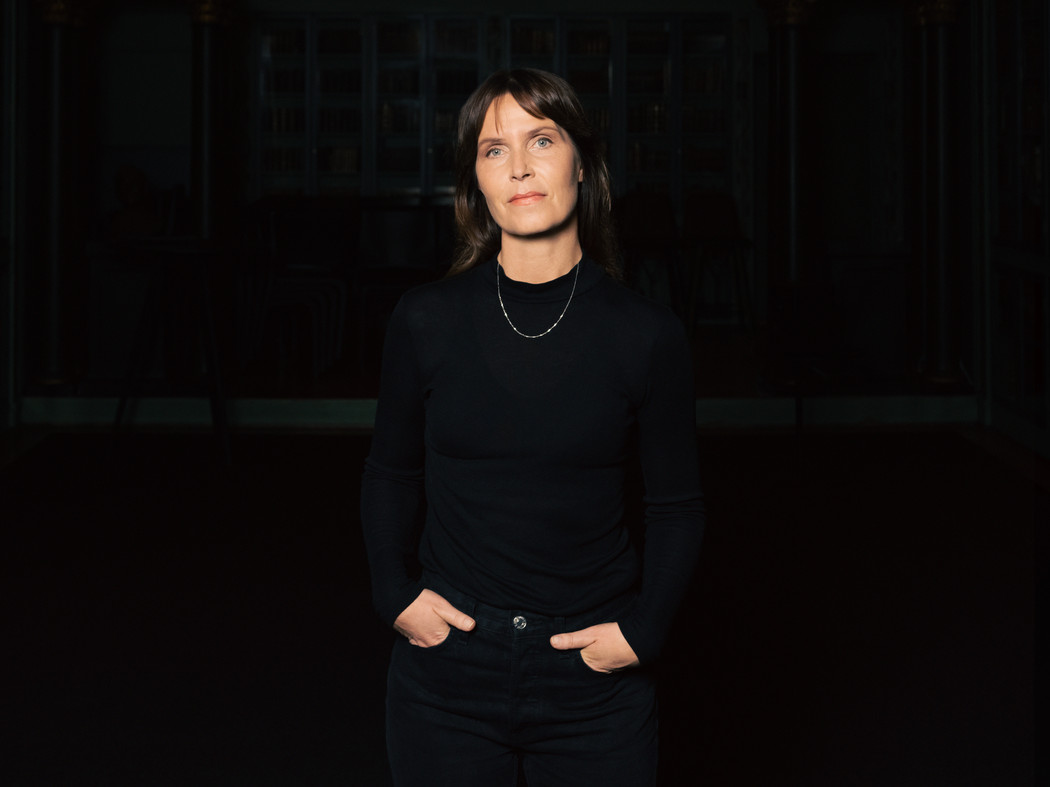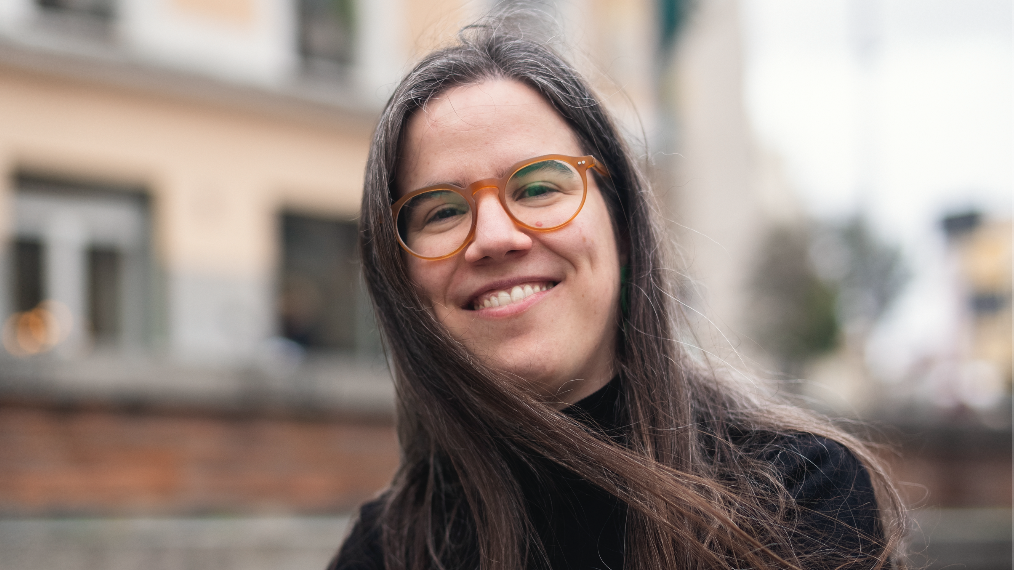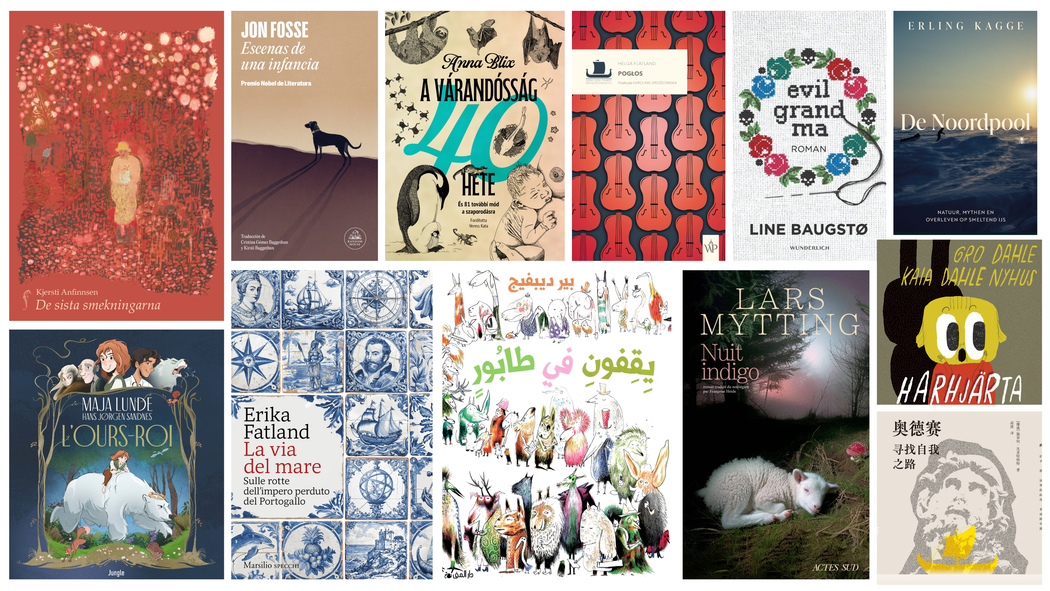Heidi Mittun-Kjos - Selected Title Author
With the hopes of saving the family house that’s about to fall apart, the main character in Girls in Trees goes back to the island where the family is from. – In a way, we are all vague echoes of our earlier generations. We carry a heritage of different tools to handle what comes our way, Heidi Mittun-Kjos says.

Girls in Trees is one of NORLA’s Selected Titles for autumn 2023. Here, author Heidi Mittun-Kjos speaks about the book, who it is written for, what inspired her to write it and where and when she works best.
What is your book about?
With the ambition of salvaging a family house in decay, the narrator returns to the island her family comes from. The encounter with the fungus-infested house and the island awakens the stories of the generations that came before her, particularly the four women from the same branch of the family. Like the uncontrollable nature in and around the house, the family’s stories cut through the present like an organic thicket, merging into it and resonating within the narrator’s body. Another significant project is thus initiated: to sort through the family’s fortunes and misfortunes and “to break the long dance of daughters reaching out for mothers and meeting a turned back”. It becomes a tale of how to break the cycle of transferred exclusion that flows down the bloodlines from mothers to daughters, and about circumstances, dignity, and power – first and foremost women without power who, in their own ways, fight to maintain their dignity. At the same time, the novel explores various female bodily experiences: desiring and being desired, conceiving and losing children, children having children. The question that is raised is whether what we carry with us can be transformed into something else, and whether the decay of an old house can function as nourishment for new life.
What inspired you to write this book?
Every house encompasses multiple human destinies; a house stands for generations and can unlock stories that stretch over time, always in relation to the local culture and nature. Just like in the book, my maternal grandfather also almost became an architect but had to abandon his education right at the end due to financial constraints. He still later designed and built the house the novel revolves around, on the island where I spent all my childhood summers. When I visited the house again after many years – dilapidated and practically reclaimed by nature – it raised a number of questions. What happened in and around this house? What are the reasons behind the gap between ambition and what it became, including for the people who inhabited it? For me, there is true literary dynamite in such questions, and I didn’t have all the answers. Thus, the investigation and storytelling were set in motion.
Who is this book for?
In a way, we are all vague echoes of previous generations, carrying an inheritance of various tools to handle whatever comes our way. By opening up this specific universe to the reader, I hope to raise some universal questions: what are the circumstances we are given and how do they affect us? Which “family traditions” are worth preserving and which can it be liberating to break free from, both for our own generation and those to come?
Where and/or when do you work best?
I work best in my basement office and when it’s quiet around me, usually in the evenings or early in the morning. I often jot down sentences and short paragraphs on my phone, anywhere at all, and frequently when I’m on the subway. Most of it is textual garbage that is worthless in itself, but I later revise and try to refine it. It can serve as a good starting point for a writing session.
Read more
See full presentation of the book here
See all NORLA’s Selected Titles for autumn 2023 here


